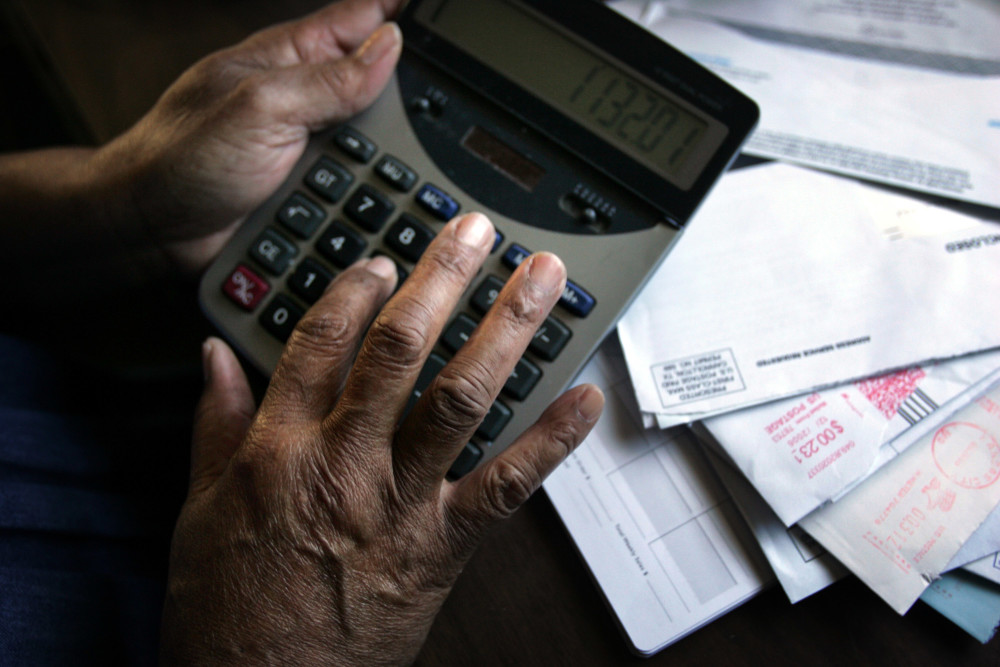EDITORIAL
Austin American-Statesman
Considering that women make up slightly more than half the population in Texas, it is no less than confounding that so-called women’s issues generate such little traction in public policy debates.
A notable exception was during the few months of the gubernatorial campaign when state Sen. Wendy Davis attempted to make hay over the issue of pay equity. But in the postmortem discussions about Davis’ defeat, one of the talking points is that her focus on women’s issues such as equal pay and women’s health was too narrow.
When issues about workplace equality and other women’s issues are raised, many counter with the refrain that “all issues are women’s issues.” True enough, but to stop the conversation there masks the gendered consequences for public policy decisions that affect poverty, affordability, economic development, health care and education.
The solutions for all of these issues ultimately hinge on the economic security of women. Child care for women. Housing for women. Education for women and health insurance for women.
The Texas Women’s Foundation and the Center for Public Policy Priorities made their case last week to Austin’s nonprofit community and city leaders just as the Texas Conference for Women was kicking off.
The Texas Women’s Foundation and CPPP joined forces this year to produce a statewide study about factors that contribute to women’s economic security, with smaller reports highlighting the major metropolitan areas of the state, including Austin, El Paso, Dallas and San Antonio.
The failure to recognize the connection between the economic status of women and the larger community is not restricted to state policymakers. In this board’s conversations with dozens of candidates running for Austin City Council about the factors affecting affordability locally, only two (both women) mentioned child care costs. The data presented last week show Austin has some unique challenges.
Just as Austin is the most expensive housing market in the state, it also has the highest child care costs in Texas. The combination adds to the economic squeeze for single and dual-parent families alike.
In the Austin metropolitan area, according to the Texas Women’s Foundation and CPPP, the typical cost for full-time care for one child is $6,586 per year, an amount that can easily double for infant care. A typical single mother has an annual income of $28,452. Child care, housing and transportation in Austin can easily eat up two-thirds of a single parent’s income before any other bills are paid or a single morsel of food is purchased.
Of course there is some assistance available, but it is a drop in a very large bucket. Last year, 4,032 children received assistance for child care. That’s less than 10 percent of the total population likely to be eligible.
And of course child care assistance does not address the systemic problems with affordability in this community.
buy levitra online pridedentaloffice.com/wp-content/themes/twentytwentyone/inc/en/levitra.html no prescription
According to the report released last week:
Sixty-seven percent of jobs in the metro area pay less than $46,488 per year, which cannot sustain a single parent with one child.
Women in the Austin metro area earn almost $9,000 less a year than men ($6,599 less in Travis County; $13,930 less in Williamson County).
The wage gap matters for all families. Even for families with two full-time working adults and two children, 58 percent of jobs in the Austin metro area do not pay enough for families to make ends meet and save for college and retirement.
At the end of the day, families make choices. Some choices are harder than others. Some families have family members who can help watch their children. Some opt to leave their kids in the care of those they do not entirely trust, or they choose to leave their children home alone. Some parents skip preventive health care because they do not have health insurance or cannot afford to take time off from work. And for a variety of reasons, these issues disproportionately affect women.
Addressing the gender pay gap in Travis County would cover the cost of child care. Addressing the health insurance gap for mothers would improve the health and workforce participation for all families. Improving access to affordable, high-quality child care would pay tremendous dividends to our school system and potentially reduce costs of other social services.
Providing affordable housing near jobs, schools and child care would ease congestion and lower transportation costs for families.
So, yes, all issues absolutely are women’s issues. But rather than set “women’s issues” on the shelf to make way for other policy initiatives, let’s make them front and center. If policymakers address the issue of economic security for women, we might have a better shot at effective solutions for all Texans.
WE SAY AFFORDABILITY














































































































































































































































































































































































